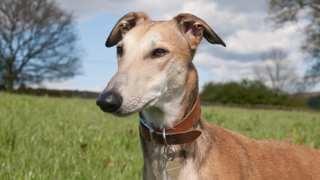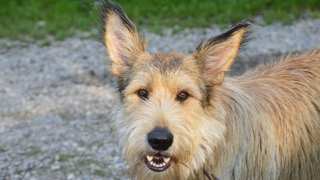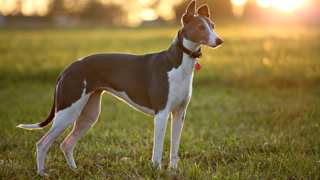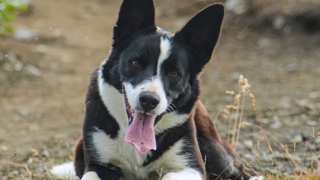Wirehaired Vizslas are active, energetic hunting dogs, and will thus need a good bit of daily exercise in order to remain happy and healthy. Because the breed for decades has spent hours running through the fields or woods on hunts, WVs are used to a lot of outdoor activity on a daily basis, and will do well with a couple of long walks and a nice period of play each day. They also make great jogging or bicycling companions.
The average adult WV will need an hour of exercise a day at the very least--and most WVs can easily handle twice that or more. You can start exercising your Wirehaired Vizsla puppy at three months of age by taking it on short (10- to 15-minute) leashed walks, then increasing the walks' length and frequency as the puppy grows.
A few things to consider when exercising your WV: first, puppies younger than nine months old shouldn't participate in activities that include a lot of jumping, running, and navigating of stairs, as doing so can injure their still-developing joints and bones. And all WVs, regardless of age, should be leashed when in public. These dogs have incredibly high prey drives, and will instinctively chase any critters--squirrels, birds, cats, even small dogs--they naturally consider prey. A leash will help you control the dog's chasing tendencies when you're out and about. Even when exercising in your own yard (which is hopefully large!), the area will need to be securely fenced to keep your WV from taking off after every animal it sees.
Precautions aside, daily Wirehaired Vizsla exercise is a must. If bored or restless, these dogs will become frustrated, disobedient, destructive, and thoroughly unhappy in general. Consistent exercise is great for the dog's peace of mind--and for your own as well. Here are some suggested exercises:
- Walking/Jogging/Bicycling: Two 30-minute walks (or 20-minute jogs or bicycle rides) per day is a good target
- Fetch: A WV will chase a ball or stick for hours
- Hunting: Puts these dogs in their natural element
- Tug-of-War: Great indoor, rainy-day activity; use a rope or old towel
- Canine Sports: WVs excel at agility and obedience trials, flyball, and other competitions
- Hiking: Excellent bonding activity; bonus if you can find a remote area where the dog can be off-leash
When indoors, it's a good idea to give your Wirehaired Vizsla access to one or more balls or chew-toys that will allow the dog to burn excess energy. It's also recommended that you establish a regular exercise schedule for the dog, such as walks, jogs, or bike rides after breakfast and dinner and a recreational activity in the afternoon.



